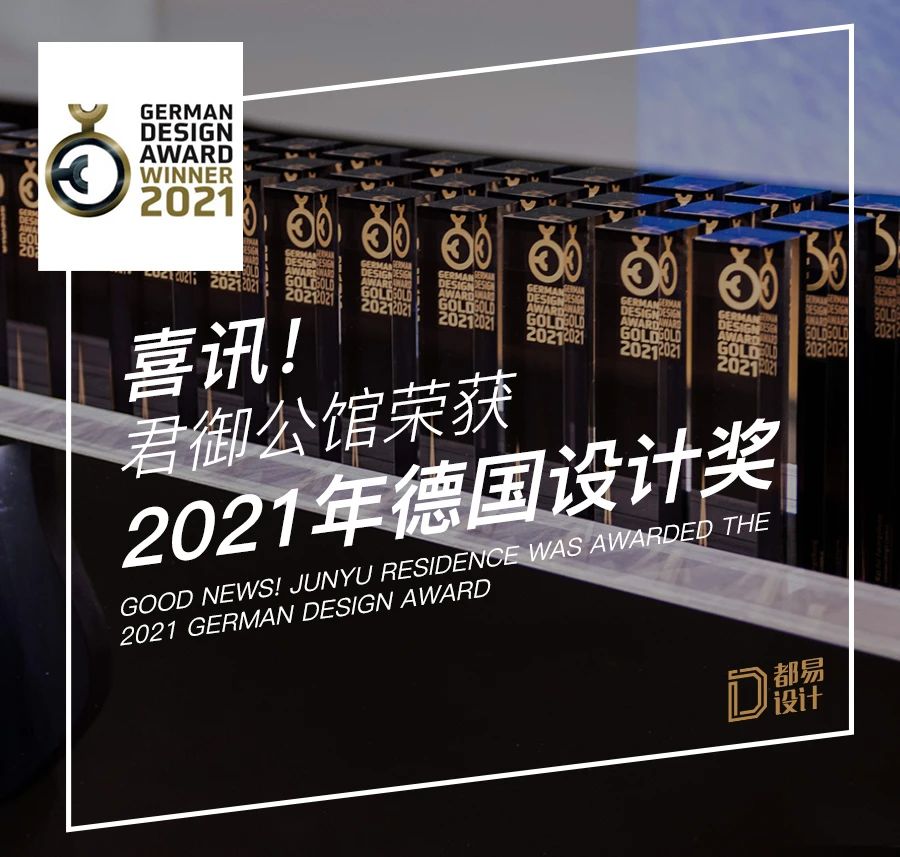
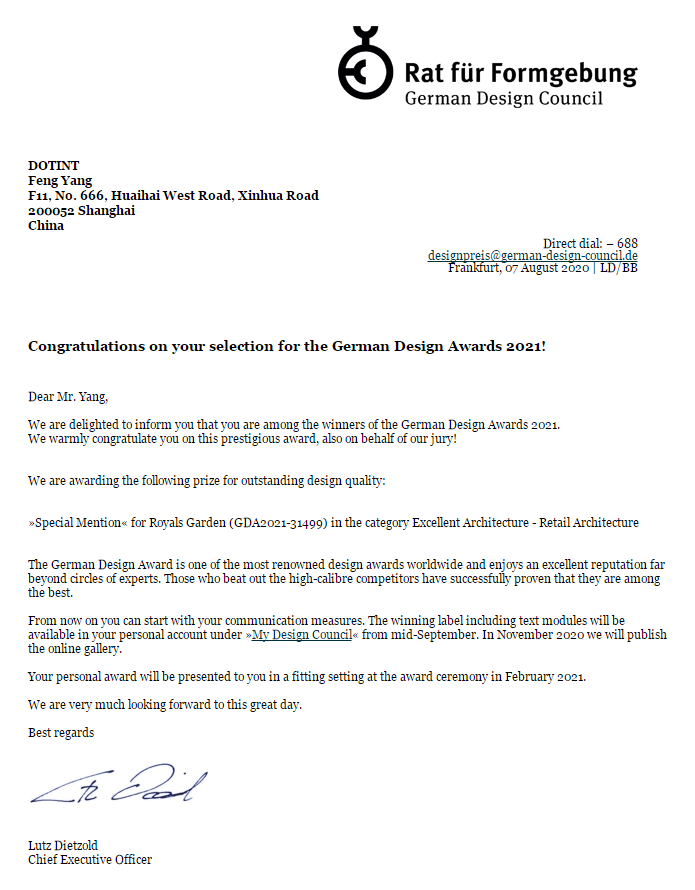
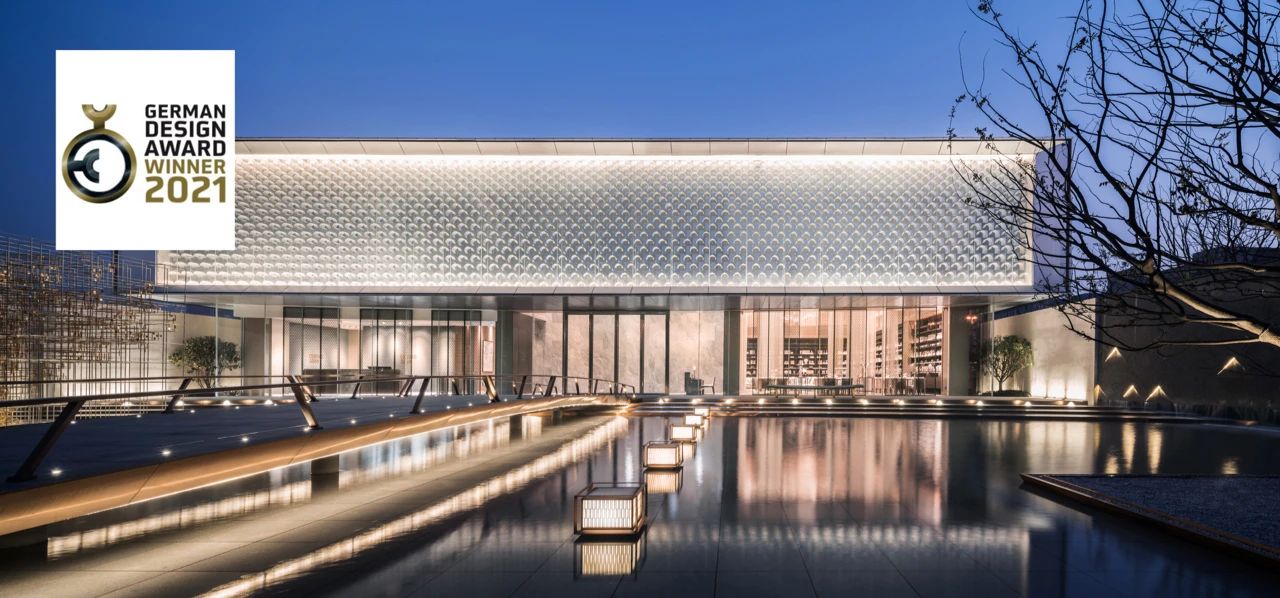
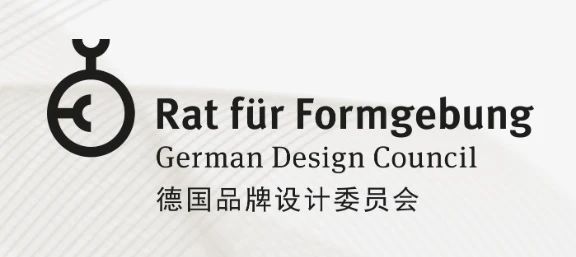
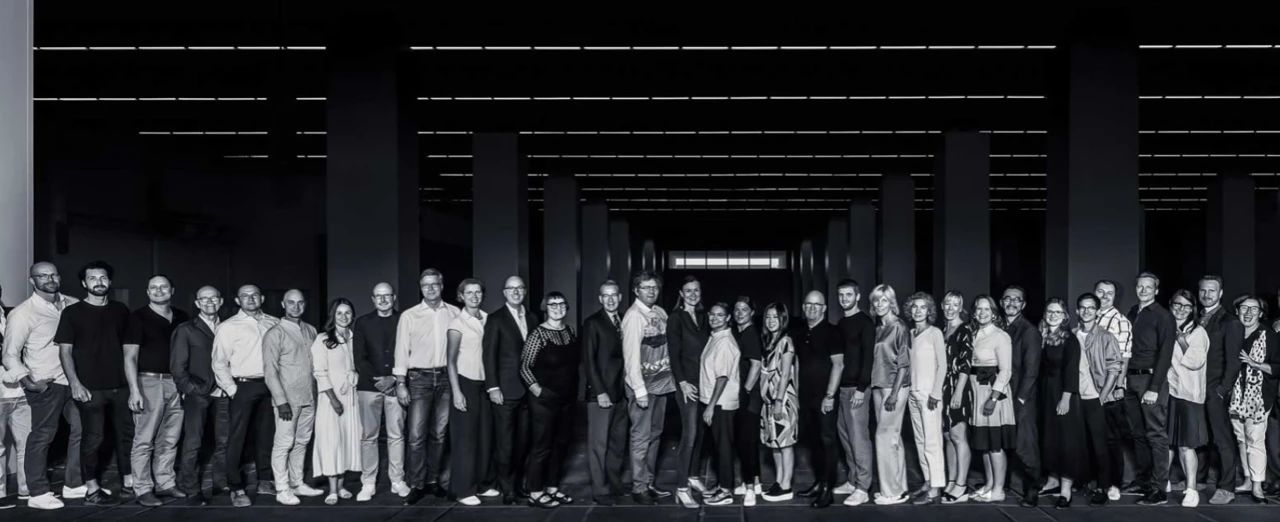
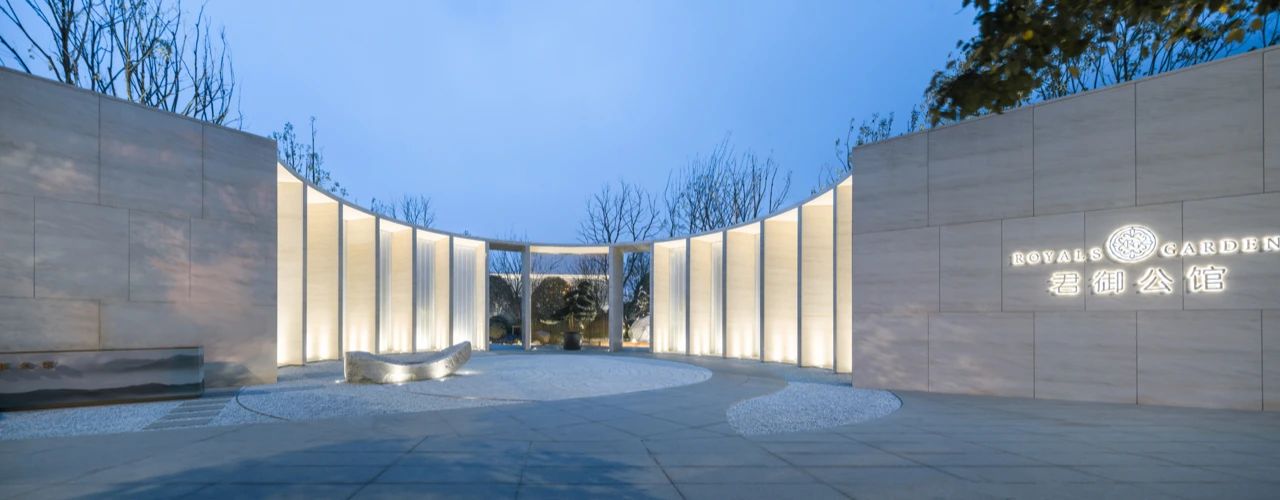
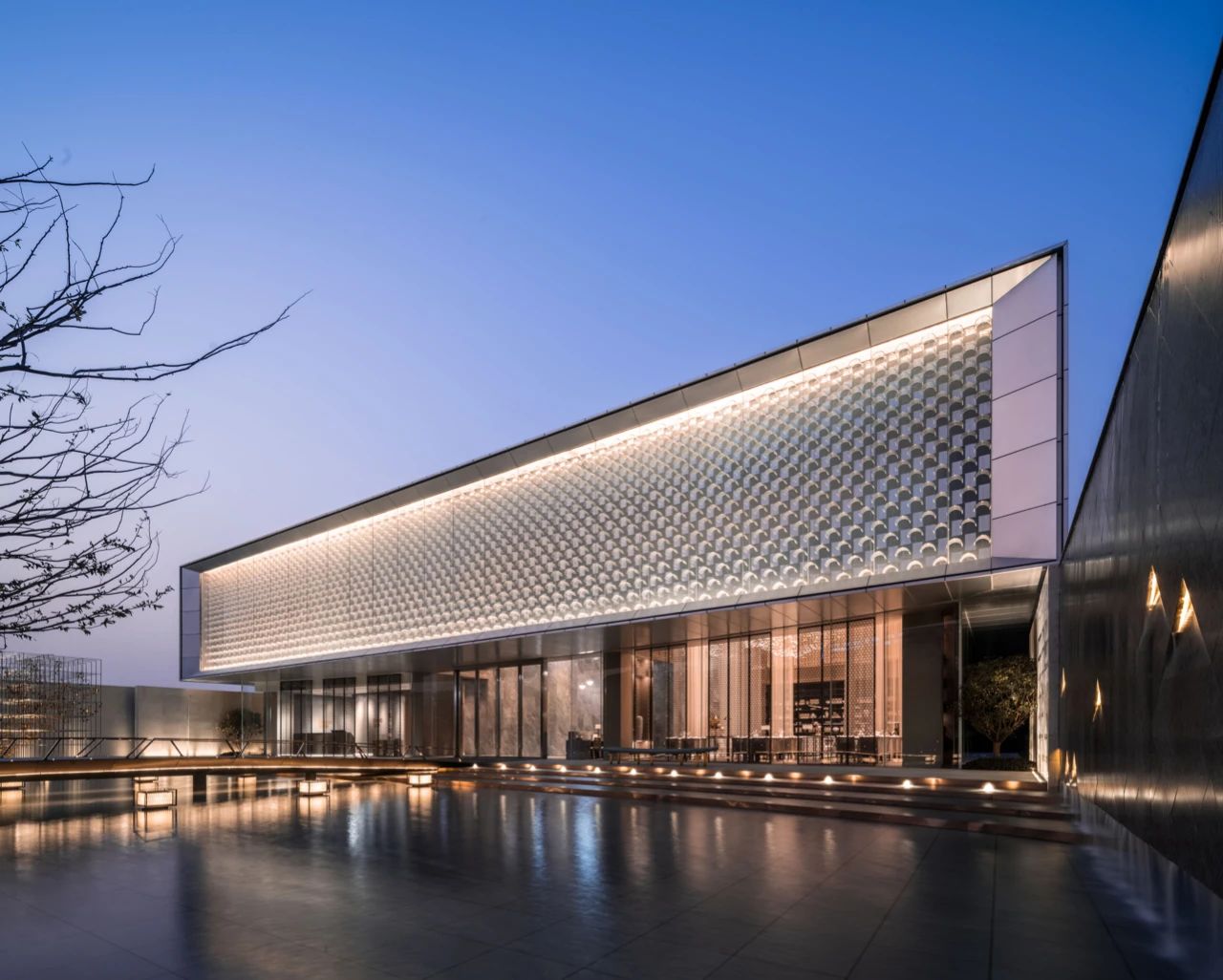
德国设计奖(German Design Award)由德国设计委员会(German Design Council)授予主办。
德国设计委员会是负责推广品牌、设计及创新的国家级机构,在德国联邦议会下院的倡议下于1953年成立。
奖项不能由个人或企业自行报名,必须由德国设计委员会推荐的作品才能获得提名,被提名作品多数都为国际设计大奖获奖作品,又被称为“奖中奖”、“德国官方位阶最高的设计奖”。
德国设计奖由卓越产品设计“Excellent Product Design”,卓越视觉传达设计“Excellent Communications Design”及卓越建筑设计“Excellent Architecture”三大类别组成。
其中:卓越建筑设计分为8个大类别。每个类别选择一个金奖(Gold)得主,合理数量的优胜奖(Winner)(俗称银奖),此外,特别表彰(Special Mention)奖也授予给优秀的设计。
本项目地处长江三角洲东南边缘,上海南部近郊,临近南汇古城,桃花村等景点。地域本身并没有提供太多的线索,但是有两点是非常确定的。
其一,上海的郊区就是未来的市区。城市的扩张版图已经发展至此,如何在全新的领地延续上海这座城市本身的时尚精神,是设计的要点之一。
其二,江南自古以来的生活情趣,是精致、简约、贴近市井生活的存在。在本案中,将设计理念由繁到简,融会贯通,挖掘出时尚的现代江南,是设计的要点之二。
The project is located at the southeast edge of Yangtze Delta, on the southern suburbs of Shanghai, and nearby to scenic spots such as Nanhui Ancient City and Cherry Blossom Village. The region itself does not provide many clues, but there are two points that are very certain.
Firstly, Shanghai’s suburbs are the urban areas of the future. The expansion of the city has developed to this point. Continuing the fashion spirit of the city of Shanghai itself on the brand-new territory is the primary focus of design.
Secondly, since ancient times, the lifestyle in Jiangnan is a composition of exquisiteness, elegance and bustlines. In this case, the second focus of design is to comprehend the design concept from complexity to simplicity and integrate them, in order to discover a stylish modern Jiangnan.
跨界实验:建筑师从单一的平面形态入手,提取花瓣,古城瓦片的弧形曲线元素,采用拉索式的串联的方式,创新、有序、立体化地将瓦状元素呈现在我们面前。
从传统文化的呼应上看,君悦公馆的建筑形态和立面肌理也来自江南传统的留白、剪笔艺术。面对素雅的色彩、简练的线条可以勾勒出无限意象,表达中国文化之中的纯粹之美。
虽然项目的设计理念源自对历史的思考,但在材料选择上,建筑师却大面积的选用了更加精细,轻盈,有时代感的刻花玻璃,搭配金属铝板和边框,形成一种新的建构关系,让原本归属在屋顶的“瓦”元素,能够成为建筑立面上重要的视觉肌理和体验焦点。
玻璃是还原于变万化光线的最佳介质,不同的光线通过反复重叠的玻璃瓦片,奏响一曲曲关于光的交响乐。
厚重与轻盈,历史与现代,在这里相互交织,彼此成就了对方。
Transboundary Experiments:The architect starts from a single plane form and extracts the petals: the arched and curved elements of the ancient city tiles, and employs a lasso-type linking method, presenting the tile elements in front of us in an innovative, orderly and three-dimensional manner.
Regarding the call for traditional culture, the architectural form and façade texture of the Grand Hyatt Hotel also originates from the traditional art of white spacing and paper cutting in Jiangnan. The simple yet elegant colors and succinct lines help outline endless imagery, expressing the beauty of purity in Chinese culture.
Although the design concept of the project originated from considerations of history, in terms of material selection, the architect, to a great extent, used cut glass that is finer, lighter and of contemporary edge, matched with metal aluminium plates and frames, to form a new relationship of construction. This allows the “tiles” elements originally attached to the roof to become an important visual texture and focus of experience on the building façade.
Glass is the best medium for the restoration of the ever-changing light. Different rays of light perform a symphony of light through the overlapping glass tiles.
Thickness and lightness, history and modernity, all intertwine here and complete each other.
———— END ————
